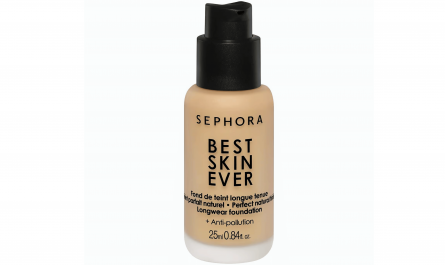Introduction
Achieving straight, sleek hair is a desire shared by many, but it’s essential to be mindful of potential damage and breakage that can occur during the straightening process. In this article, we will explore how to straighten your hair using chemicals or heat, along with valuable tips to help you avoid potential damage and breakage.
Understanding Hair Types and Textures
Understanding your hair type and texture is the first step in successful hair straightening. Different hair types react differently to straightening methods, so choosing the right approach is crucial.
Chemical Hair Straightening
The Process of Chemical Straightening
Chemical hair straightening involves using specific products to alter the structure of your hair, making it straighter. This process is best performed by a professional hairstylist.
Types of Chemical Straightening Treatments
There are various types of chemical straightening treatments available, including perms and thermal reconditioning. Each method has its unique benefits and risks.
Risks and Precautions
While chemical straightening can transform your hair’s texture, it may also lead to damage, including breakage and split ends. It’s essential to understand these potential risks and take appropriate precautions before proceeding.
Heat Hair Straightening
Using Flat Irons for Straightening
Heat hair straightening is a popular method that typically involves using flat irons or other heat tools. This method can be done at home but requires careful handling.
Heat Protectant Products
Prior to using heat tools, it’s crucial to apply heat protectant products. These products help reduce heat damage to your hair.
Safe Heat Straightening Practices
When using heat tools, following safety guidelines is essential to avoid damaging your hair and scalp.
Combining Methods for Best Results
In some cases, combining both chemical and heat straightening methods can yield the best results. However, this requires careful planning and execution.
Maintaining Straightened Hair
After achieving the desired straightened look, it’s essential to maintain your hair’s health and appearance. This involves establishing a proper hair care routine and avoiding practices that could lead to damage.
Natural Alternatives to Straightening
If you’re concerned about potential damage from chemicals or heat tools, several natural methods can help you achieve temporary straightening without the use of harsh products. These methods may not provide permanent results but offer a gentler alternative.
Conclusion
Whether you choose chemical or heat-based hair straightening methods, understanding potential risks and taking preventive measures is crucial. Maintaining the health and beauty of your hair requires care and attention. Through practice, you can find the best method that suits your needs while keeping your hair in great condition.
FAQs
1. How often can I chemically straighten my hair?
- The frequency of chemical straightening depends on your hair type and preferences. Typically, it’s recommended to wait at least 6-12 months between treatments.
2. Can I straighten my hair daily with heat tools?
- It’s not advisable to straighten your hair daily with heat tools as it may lead to dryness and damage. Limiting the frequency and using heat protectant products is recommended.
3. Are there natural methods to permanently straighten hair?
- Natural methods typically provide temporary results and may last for a few days or weeks, depending on your hair type.
4. Can I use home remedies to prevent damage from straightening?
- Some home remedies like oil treatments and deep conditioning can help maintain hair health, but they may not fully prevent damage from straightening.
5. What should I do if my hair gets damaged despite precautions?
- If your hair experiences damage, consult with a professional stylist for advice on repair and recovery methods.




